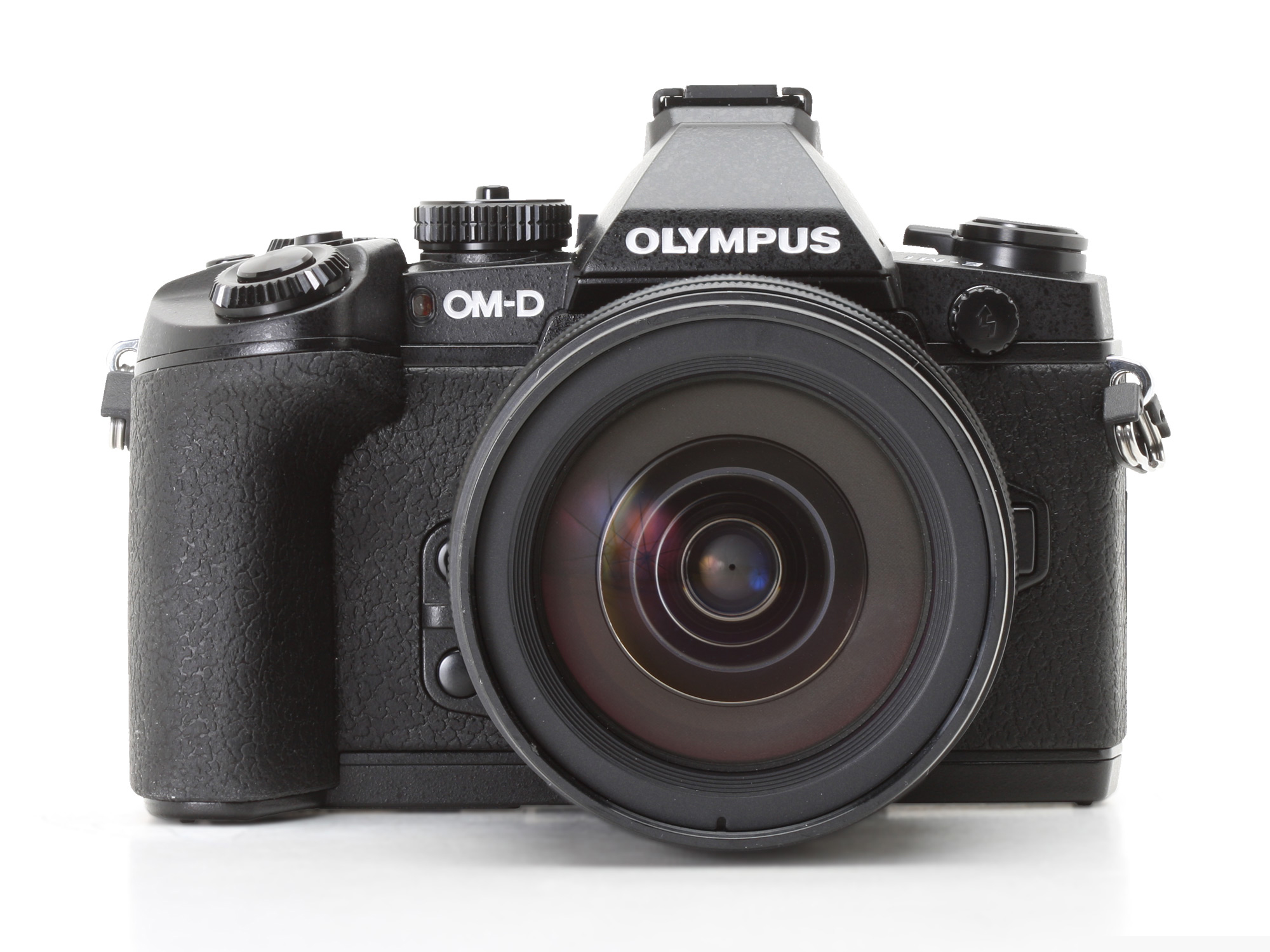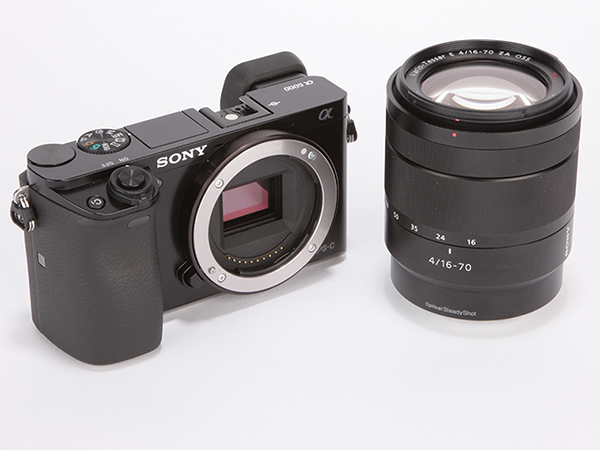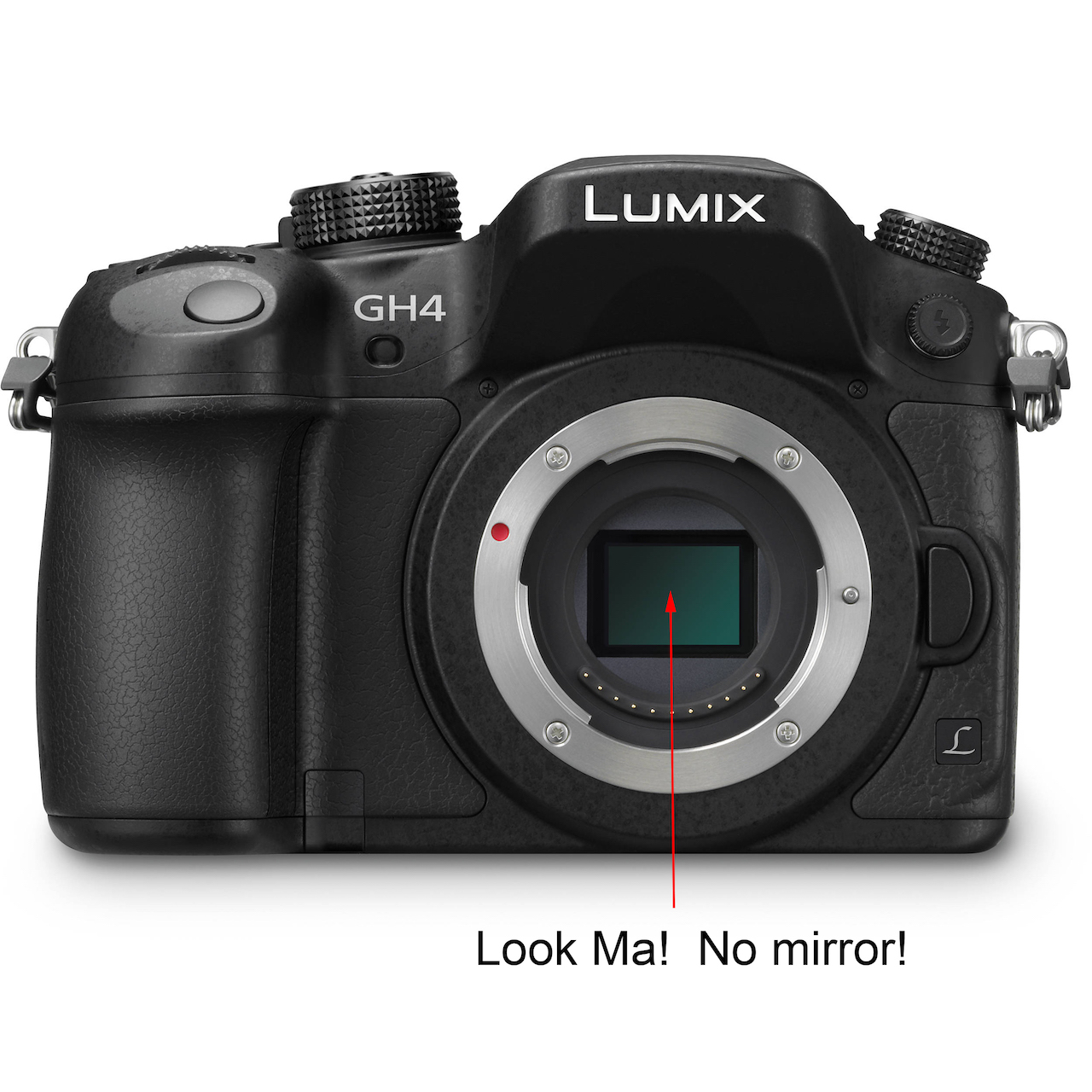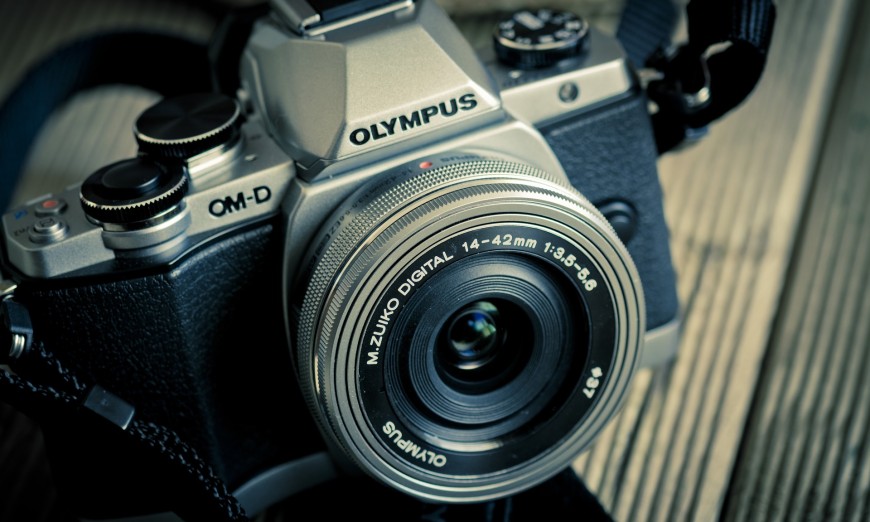Cameras have evolved for as long as there has been photography. The only thing that has changed in the last decade is the pace of change. We have more choices, more options in the choices and more delivery mechanisms than ever. When we buy a new camera for ourselves, or as a gift, how do we know what to consider? The fastest growing segment in the marketplace is what are referred to as mirrorless cameras, or mirrorless interchangeable lens cameras, or compact system cameras, or interchangeable lens compacts. Yes, you guessed it, they’re all the same thing. Photography like so many other things seems doomed to seek many ways to say the same thing.
What is mirrorless anyway?

Back in the last days of film, most interchangeable lens cameras had to find a way to divert the light coming through the lens so the photographer could see what he or she was shooting, and then quickly allow that light to hit the film plane to make the exposure. This single lens system used a reflex mirror to lift out of the way at the time of exposure, then drop back when the exposure was done so the photographer could see through the lens again. We called these cameras single lens reflex or SLR cameras. When we switched from film to digital we added the D for Digital to the acronym. The challenge therein is that the mirror mechanism adds size, weight, some mechanical complexity, cost and the perception of difficulty. As cameras in smartphones and point and shoot devices evolved, people began to get used to the idea of not having a viewfinder and simply composing and shooting with a large LCD screen. The only drawback was that the sensors remain very small in these devices and that limits image quality.
Wouldn’t it be cool if we could have the simplicity of that world, but with professionally sized sensors, and the ability to select the best lens for the subject? We can, and that’s where mirrorless started. Companies that you would possibly not have considered for your DSLR are leading the charge in mirrorless. You get the image quality of the DSLR with the smaller size and lower weight of a camera without a mirror box.

Some folks have found mirrorless uncomfortable because of the lack of an eye-level viewfinder. I’m one of those people. I prefer to look through a viewfinder and have the camera tight to my body for greater stability. If you or your lucky gift recipient are like me, fear not, because there are now plenty of mirrorless cameras with eye-level viewfinders. These viewfinders are not optical, they are digital, meaning that they see the same data as the sensor would and they show you all adjustments, effects and special settings in real time, not later on. As an educator, I’ve found that explaining exposure bracketing is much easier with mirrorless owners because they can see what happens in real time, no guessing. Today’s eye-level electronic viewfinders are most often using high-density OLED technology so the image is bright, sharp and accurate.
Another now invalid complaint is “there are no lens choices”. This is no longer true. All the big mirrorless vendors have a comprehensive selection of excellent lenses available. While there may not be the massive selection of a Canon or Nikon DSLR lens suite, there are more than enough choices to satisfy the majority of users. There are even now super wide lenses and increasingly long telephoto lenses becoming available. There is not presently a mirrorless equivalent of a full frame 600mm f/4.0 but let’s not kid ourselves, very, very, few photographers can justify the size and expense of special purpose glass like that. What is cool is that there are also adapters to mount a variety of different manufacturer lenses on mirrorless bodies. The better adapters transmit all the electronic control information so even autofocus can still work.

I’ve also heard from some new buyers that a mirrorless camera “doesn’t look professional.” I am hardly the right person to comment on photographic equipment as a fashion accessory, but I can state with complete confidence that the number of pros out there who are carrying a mirrorless kit is growing by leaps and bounds. A camera is a tool, the image gets made a few inches behind it in the photographer’s eye and mind.
I’ve been very lucky. I’ve had the opportunity to test mirrorless cameras from Sony, Panasonic-Lumix, Olympus, Nikon, and Canon. When I did my job, they all did theirs producing amazing quality images in many cases indiscernible from images taken on a full frame Canon or Nikon. So let’s recap. Superb image quality. Smaller and lighter than most DSLRs. Great range of lens choices. EVF on many models. Bright and sharp displays. All things considered, a mirrorless system might be exactly the right answer. The best way to find out is to head into your local Henry’s store and ask to try one out. You may find yourself very pleasantly surprised.
Until next time, peace.



COMMENT (1)
Pingback: Introduction To Street Photography | Henry's Blog